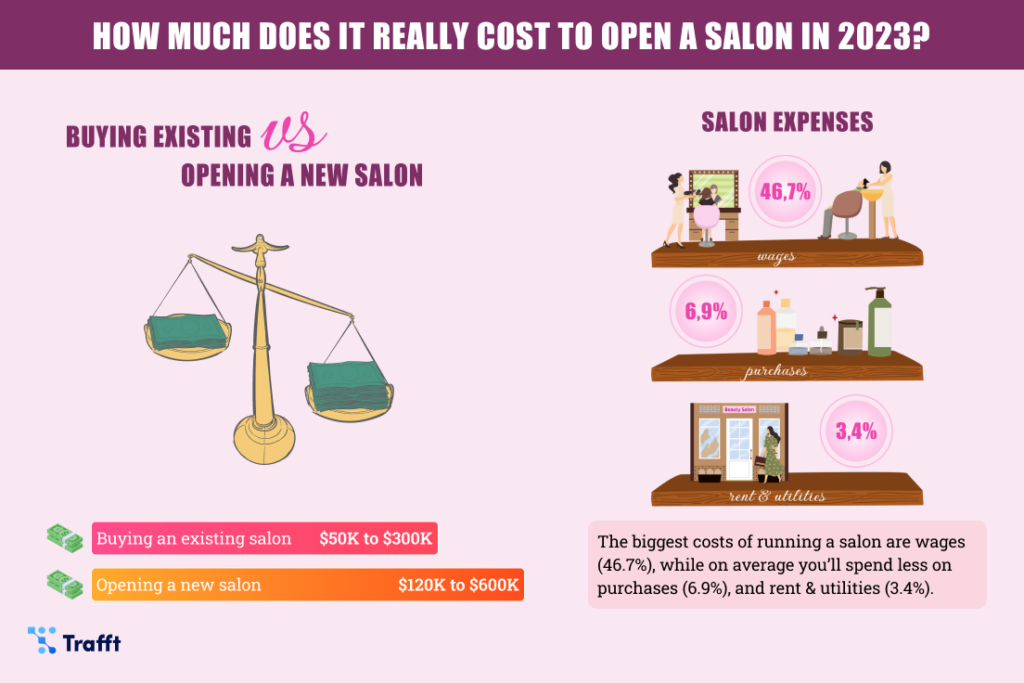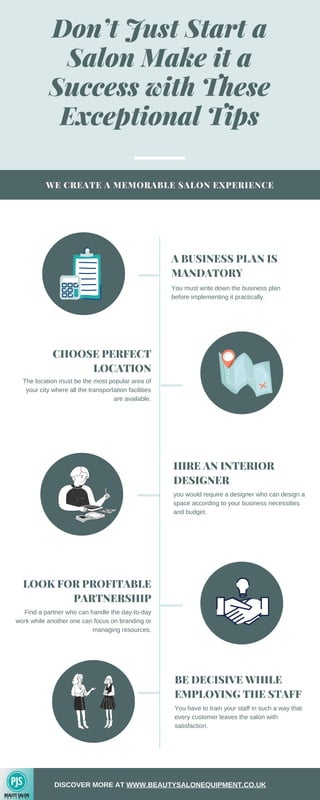Unlock the Secret to Dominating the Beauty Industry: Discover How SEO Catapults Your Salon Business to New Heights!

Image courtesy of Element5 Digital via Pexels
Table of Contents
Welcome to our ultimate guide on how to boost your beauty salon business with effective SEO strategies. In the ever-growing beauty industry, having a strong online presence is crucial to attract new customers and retain existing ones. By optimizing your website and blog for search engines, you can increase your visibility, improve your rankings, and drive more organic traffic to your beauty salon. In this guide, we will explore the best SEO practices tailored specifically for beauty salons. Let’s dive in!
Understanding the Importance of SEO for Beauty Salons
Before we dive into the nitty-gritty of SEO, let’s first understand why it is essential for your beauty salon business. The beauty industry is highly competitive, and customers often turn to search engines like Google to find the best salons in their area. By implementing effective SEO techniques, you can ensure that your salon appears at the top of search results, increasing the chances of attracting potential customers.
Book Now For a Free Consultation
Additionally, SEO helps you build credibility and trust with your audience. When your website ranks higher in search results, customers perceive you as a reputable and trustworthy salon, which can significantly impact their decision to choose your services over your competitors.
Optimizing Your Website for Beauty Salon Keywords
Keyword research and optimization are fundamental to any successful SEO strategy. Here’s how you can optimize your website using relevant keywords:
1. Identify Relevant Keywords
Start by researching the most relevant keywords for your beauty salon. Think about the services you offer and the potential searches customers might perform. For example:
- “Hair salon near me”
- “Nail salon in [your city]”
- “Best hair extensions”
- “Makeup artist for weddings”
Use keyword research tools like Google Keyword Planner or SEMrush to identify popular and relevant keywords in the beauty industry. These tools can also provide insights into the search volume and competition for each keyword.
2. Incorporate Keywords on Your Website
Once you have identified a list of relevant keywords, strategically incorporate them into various elements of your website:
- Page Titles and Meta Descriptions: Optimize your page titles and meta descriptions with targeted keywords to improve your visibility in search results. For example, “Best Hair Salon in [Your City] – Professional Hair Stylists”
- Website Content: Create high-quality, informative, and keyword-rich content on your website’s pages, including services offered, about us, and blog posts. Ensure the content is engaging and provides value to your audience.
- Image Alt Text: Don’t forget to optimize the alt text of your salon images with relevant keywords. This helps search engines understand the content of your images.
- URL Structure: Structure your website URLs with descriptive keywords to help search engines and users understand what the page is about. For example, “yoursalon.com/services/hair-extensions”
Creating Engaging and Informative Content
Content marketing plays a vital role in SEO for beauty salons. By creating engaging and informative content, you can attract more organic traffic and establish yourself as an expert in the industry. Consider the following strategies:

Image courtesy of trafft.com via Google Images
1. Blogging for Beauty
Start a blog on your salon’s website to regularly publish informative and relevant articles. Blogging not only improves your website’s SEO but also helps keep your audience engaged and informed. Some blog post ideas for beauty salons include:
- “5 Hair Care Tips for Healthy and Strong Hair”
- “The Latest Makeup Trends for [Current Year]”
- “How to Style Your Hair Extensions Like a Pro”
- “Skincare Tips for a Glowing Complexion”
Ensure your blog posts are well-optimized with relevant keywords and include high-quality images or videos to make them visually appealing.
2. Video Tutorials and Before/After Transformations
Create video tutorials showcasing makeup techniques, hair styling tips, or nail art inspiration. Video content is highly engaging and shareable, helping you increase your reach and visibility. Additionally, document before and after transformations of your clients to showcase your expertise and the quality of your services.
Leveraging Local SEO for Your Beauty Salon
Local SEO is crucial for beauty salons targeting customers in specific geographic areas. Here are some tips to enhance your local visibility:
1. Google My Business Optimization
Create and claim your Google My Business listing. Ensure that your listing includes accurate and up-to-date information about your salon, including your address, phone number, and operating hours. Encourage your satisfied customers to leave positive reviews on your Google My Business page, as reviews play a significant role in local SEO rankings.
2. Local Directory Listings
Register your salon in local directories, such as Yelp, Yellow Pages, and Bing Places. Complete your profile with consistent and accurate information about your salon. These directory listings improve your credibility and help search engines understand your location and services better.
3. Location-Targeted Keywords
Include location-based keywords throughout your website, including page titles, meta descriptions, and content. For example, optimize your website for keywords like “best nail salon in [your city]” or “top-rated beauty salon near me.” This helps search engines connect your salon with local searches.
Building Backlinks to Your Beauty Salon Website
Backlinks, or incoming links from other websites, are a crucial aspect of SEO. They indicate to search engines that your website is reliable and trustworthy. Here’s how you can build quality backlinks:

Image courtesy of www.slideshare.net via Google Images
1. Guest Blogging
Reach out to beauty industry influencers or other related blogs and offer to write guest posts. In return, they will usually allow you to include a link back to your website in your author bio or within the content. Guest blogging not only helps you build backlinks but also exposes your salon to a wider audience.
2. Local Partnerships
Collaborate with local businesses related to the beauty industry, such as bridal boutiques or fashion photographers. Establishing partnerships can open up opportunities for cross-promotion and backlinking. For example, you can feature each other on your websites or write joint blog posts.
3. Social Media Engagement
Engage with your audience on social media platforms by sharing valuable content and interacting with your followers. When your social media posts get shared or mentioned by others, it can lead to natural backlinks to your website.
Analyze and Refine Your SEO Strategy
Lastly, it’s essential to continually monitor and analyze the performance of your SEO strategy to identify areas for improvement. Utilize tools like Google Analytics to track organic traffic, keywords, and user behavior on your website. Pay attention to your competitors’ strategies and stay updated with the latest trends and algorithm changes in the beauty industry to refine and adapt your SEO efforts.
By implementing the strategies outlined in this guide, you can significantly boost your beauty salon’s visibility, attract more customers, and ultimately grow your business. Remember, SEO is an ongoing process, so consistently monitor and adapt your strategy to stay ahead in the competitive beauty industry.